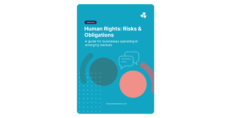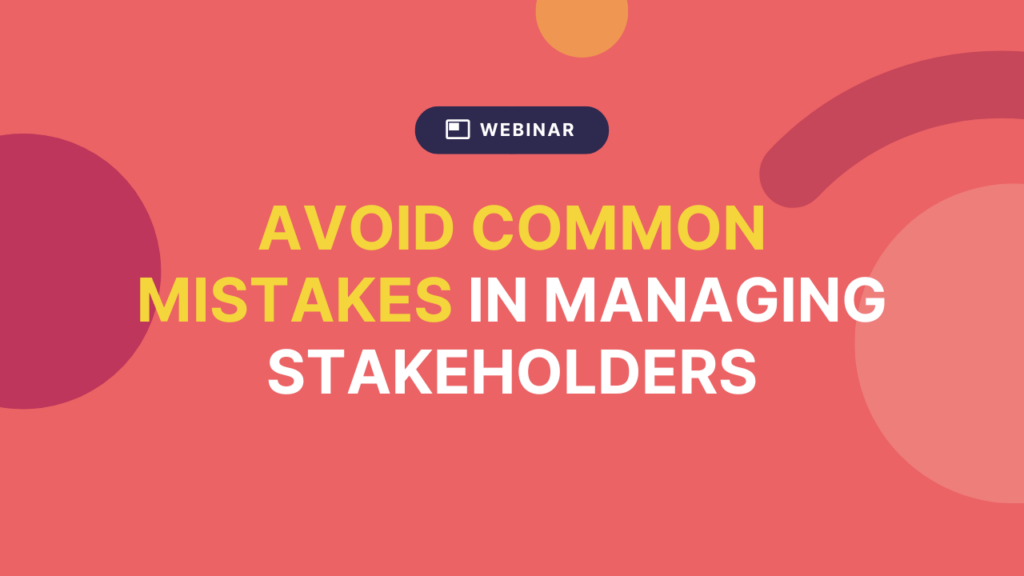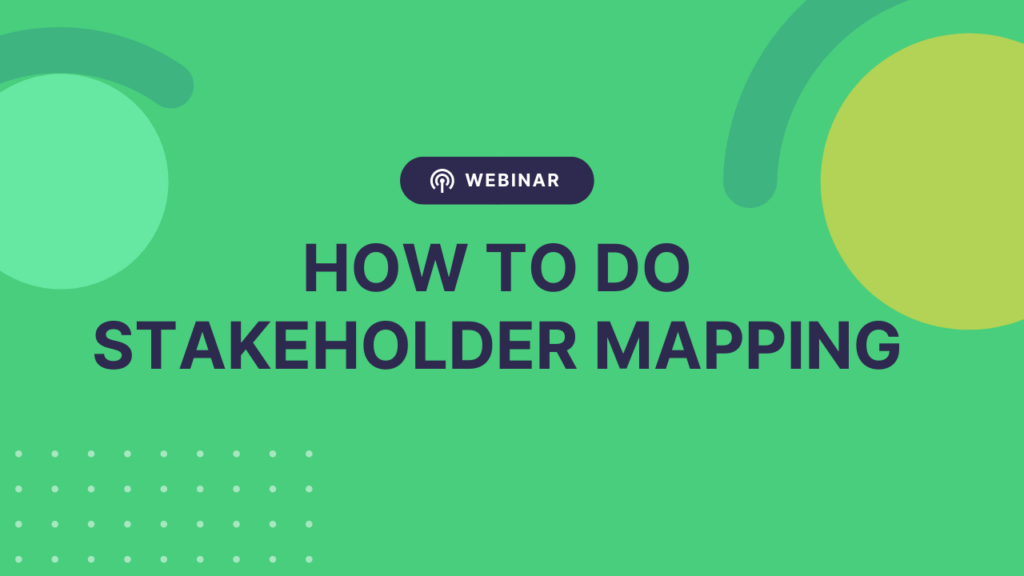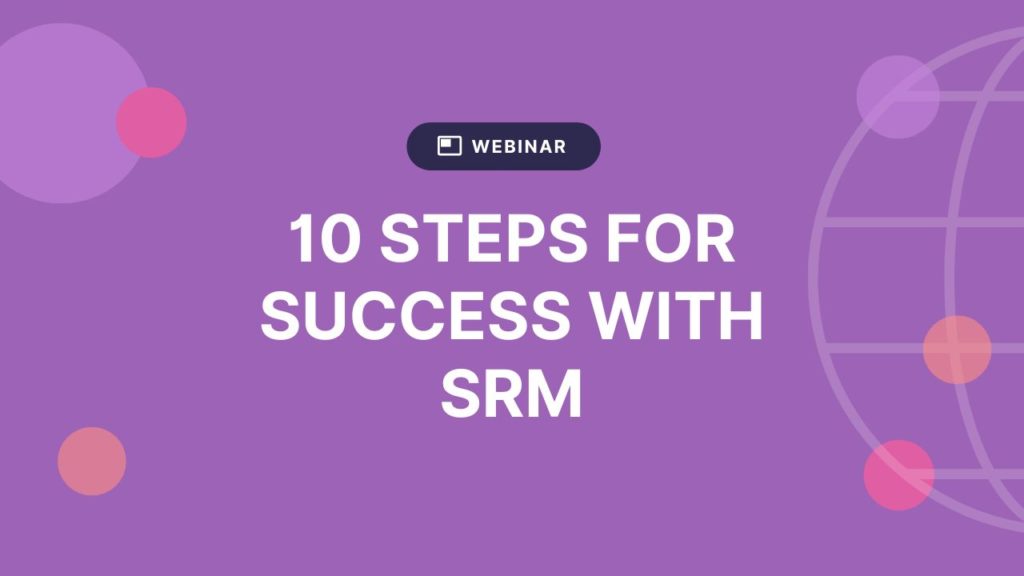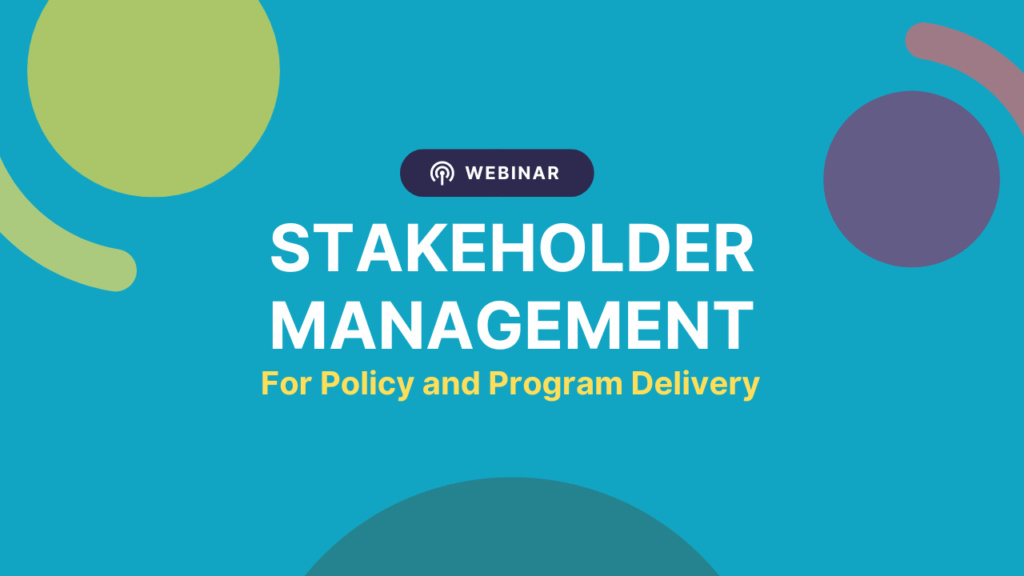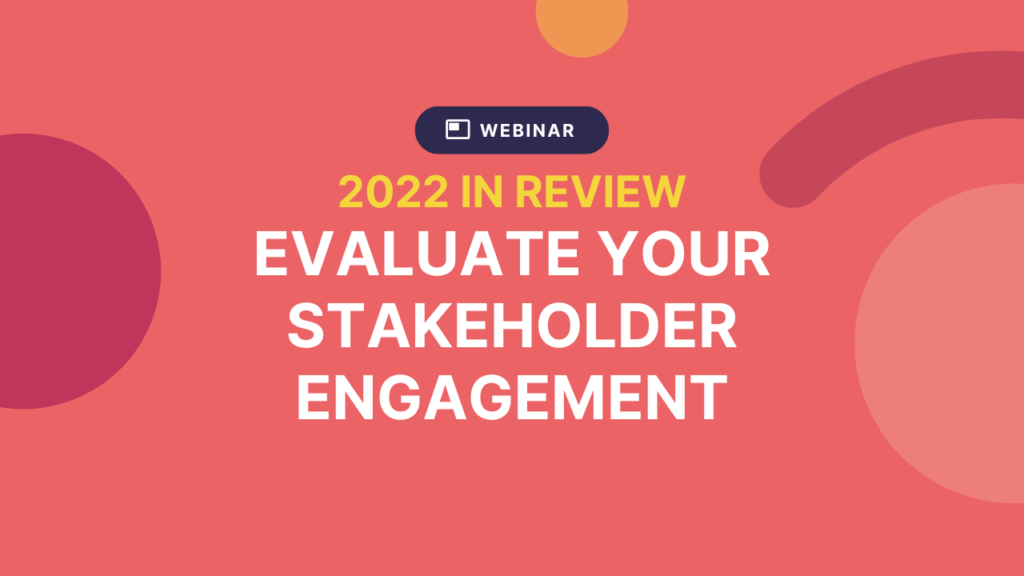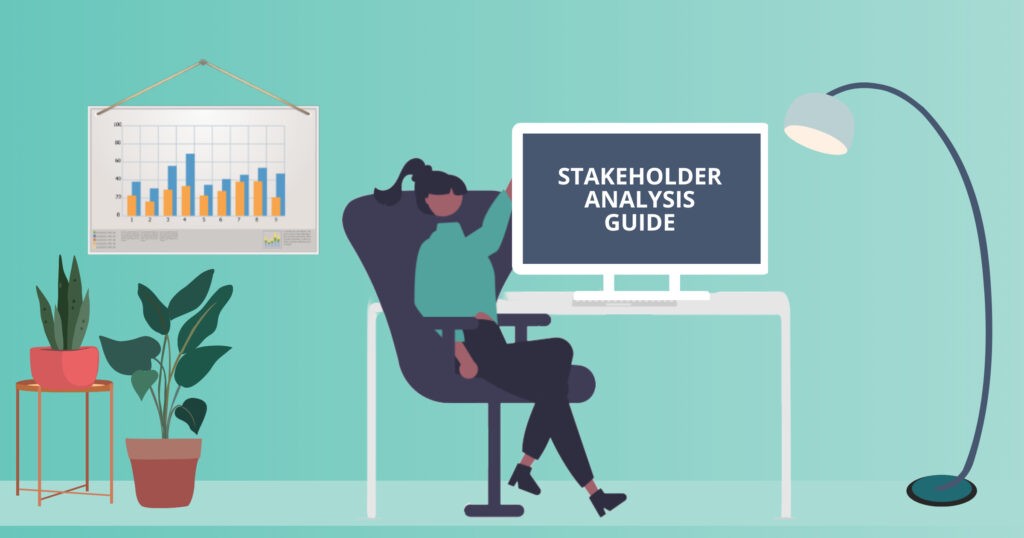What is Relationship Mapping?

Need to understand and manage your stakeholder relationships? One of the best places to start is with relationship mapping.
So, let’s explore what relationship mapping is, why it matters, and some tips to help you start (or improve) your own relationship mapping process.
| Quick note: If you’re looking for information on personal relationships or even sales relationships, you’re probably in the wrong place. As experts in all things stakeholders, we’re going to focus on the concept of stakeholder relationship mapping. |
Definition: What is Stakeholder Relationship Mapping?

Perhaps the best way to define stakeholder relationship mapping is to break it down:
- Stakeholders – Your stakeholders include the people and groups who could influence, be impacted by, or have an interest in your project or organization.
- Mapping – Stakeholder mapping involves plotting data and characteristics to visualize and analyze your stakeholders.
So, stakeholder relationship mapping is a type of stakeholder mapping that visualizes how your stakeholders are connected to one another.
These maps might look a little bit like an organizational chart, with lines that connect various people and groups. But because stakeholder relationships and influence don’t necessarily flow in neat hierarchies, stakeholder maps tend to be a little more complex. And depending on your stakeholder mapping method, they may show details like the strength of a relationship and degree of influence, and other attributes such as sentiment and level of involvement.
Other kinds of stakeholder maps include the Salience Model, Stakeholder Knowledge Base Chart, Power/Interest Grid, Power-Predictability Matrix, Stakeholder Mapping Spreadsheets, and (our personal favorite) the Influence/Interest/Impact Map.
Why Do Relationship Mapping?
Relationships are a key part of stakeholder management, engagement, and consultation. Not only the relationships between your organization and stakeholders — but the relationships between stakeholder groups and individuals themselves, as these can have a significant impact on your consultation approach and project outcomes.
Stakeholder relationship mapping can help you:
- See (at a glance) who your stakeholder groups are and how they relate to one another
- Bring your stakeholder list to life and make it more meaningful
- Visualize communities or organizations as a web of stakeholder relationships and stakes (which they are!)
- Better understand power and influence — and how they might impact your project
- Identify and manage potential risks early on (like an early warning system)
- Discover new ways to group your stakeholders
- Identify key players who are more likely to positively or negatively impact your project
- Prioritize influential stakeholders in your consultation
- Ensure your project or organization is being discussed by the right people
- First win over key stakeholders, with their influence making it easier to bring other stakeholders onboard
- Find the next logical stakeholder(s) to contact if you run into a dead end or need more context
- Quickly build trust in a community and gain a social license to operate
- Strategically build social capital by developing new connections (or strengthening existing ones) within the community to benefit stakeholders or your project
- Identify and adapt to changing power structures in the environment
- Use your resources and time more efficiently
Relationship mapping is valuable for almost any type of stakeholder management or consultation process, as well as corporate environments and project management. But it’s especially useful for situations where understanding and navigating hidden structures and complex relationships between stakeholders may be critical to the success or failure of your project.
How To Map Your Stakeholder Relationships
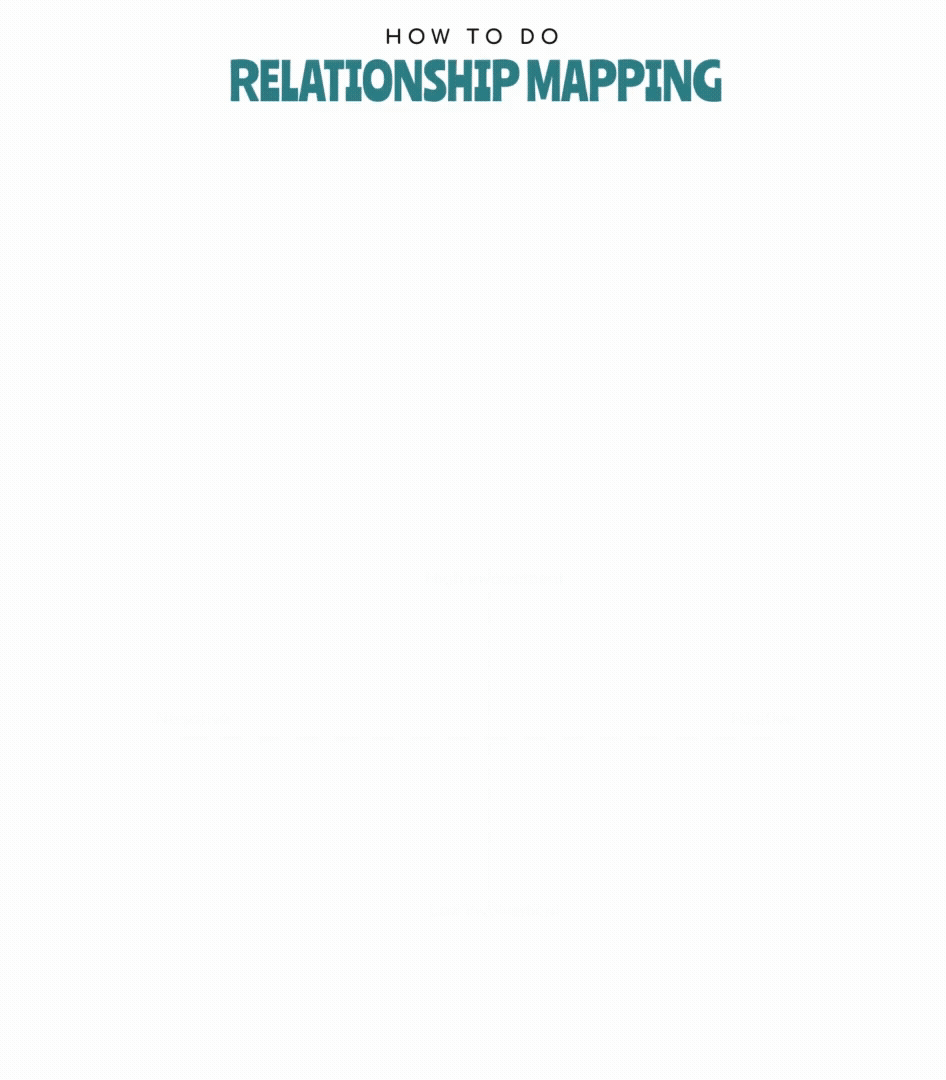
Ready to get started with your first stakeholder relationship map? Here’s what you need to do:
Step 1: Identify Stakeholders
If you haven’t already done so, identify who your stakeholders are and create your list of stakeholders. Add this list to your stakeholder software or (if you don’t yet have software), add them to a spreadsheet.
Learn more about stakeholder lists and why you should leave the spreadsheets behind as soon as possible.
Step 2: Assign Other Relevant Characteristics
One useful way to view your stakeholder relationships is in the context of other data, like stakeholder sentiments (positive, neutral, or negative), interests, degree of involvement, and so on. So, include this information (if you have it) with your stakeholder records.
Step 3: Identify Relationships
Identifying stakeholder relationships can be tricky, depending on how well you know your stakeholders. Some ways to discover relationships (and who influences who) include:
- Asking stakeholders directly in conversation
- Including questions in stakeholder surveys to help uncover relevant relationships
- Adding new information as you go — for instance, if a stakeholder refers or introduces you to another stakeholder
- Asking others within your organization about any stakeholder relationships they’re aware of
Step 4: Create Your Visualization
Now for the bit where all your stakeholder information comes together in your stakeholder relationship map!
This process will depend on whether you’re using a tool or doing it manually. Most tools will allow you to produce stakeholder maps with a simple click of a button (as long as all your data is in the right place). But it is possible to manually create a stakeholder map using drawing software or mind mapping tools. Or you could even draw your map using a physical whiteboard or chalkboard.
If you’re creating your stakeholder map manually, here are some general methods you can follow (and adapt, depending on how much and what type of information you need to show):
- Create a box, circle, or sticky note for each individual stakeholder or group
- Position stakeholders on a matrix based on their level of knowledge, impact, or other characteristic(s)
- Use lines or physical string to connect stakeholders that have some type of relationship
- Indicate direction of influence (i.e. from influencer to influenced) using arrows on your line or string
- Use thicker lines or strings to indicate greater influence
- Use different line colors or dotted lines to differentiate relationship types or connections
- Use larger shapes for stakeholders with greater impact on the project or organization
- Use colors to show positive, negative, or neutral sentiments
The resulting visualization should help you see who your stakeholders are, how they relate to one another, and some of their key characteristics.
It’s important to note that there are many other ways to map stakeholder relationships. Some organizations may find it relevant to visualize stakeholders in a way that positions similar stakeholders close together. For instance, creating separate clusters of shareholders, customers/partners, external community stakeholders, and internal stakeholders (as shown here).
Another similar concept is the Stakeholder Circle, which visually maps stakeholders to show their level of power (proximity to the center of the diagram) and influence (size of segment) on the project — along with other key characteristics.
Relationship Mapping Best Practice Tips
Now that you know what relationship mapping is (and how to do it), we’ve got a few best practice tips that will help you increase your chances of success:
Tip #1: Use It!
First of all, just like stakeholder engagement plans, stakeholder relationship mapping isn’t something you should spend days and weeks doing, only to leave it on the shelf. Make sure you actually use your stakeholder relationship maps to plan your engagement and make decisions. A good starting point is to use the insights from your stakeholder maps to create logical groups of stakeholders for easier management and more effective engagement.
Tip #2: Keep It Fresh
Stakeholders change over time, as people move into different communities, change jobs, get promotions, start new businesses, and so on. And of course, stakeholder relationships, power, and influence change for various reasons, too. This means that you’ll need to regularly update your stakeholder relationship map to keep it fresh and relevant, especially for long-term engagements and consultations.
Tip #3: Build On Your Knowledge
You probably won’t be aware of all your stakeholder relationships from the start of your project — instead, you’ll likely gather a lot of information as you go. So, make sure that you build in a habit or process for regularly updating your relationship maps with new details as you uncover them.
Tip #4: Use Stakeholder Relationship Mapping Tools
Although there are manual ways to create relationship maps (as we covered in step 4), it’s nearly always worth investing in software for stakeholder relationship mapping. With tools and software (like Simply Stakeholders), you can automatically generate visualizations based on your data. This not only saves you a lot of time upfront, but on an ongoing basis because every time you update the data in your stakeholder list, your stakeholder maps are updated, too.
Map Stakeholder Relationships Inside Simply Stakeholders
Looking for an easier way to track your stakeholder relationships and map stakeholders? Explore Simply Stakeholders or reach out to our team if you have any questions or you’d like to try the product for yourself.









